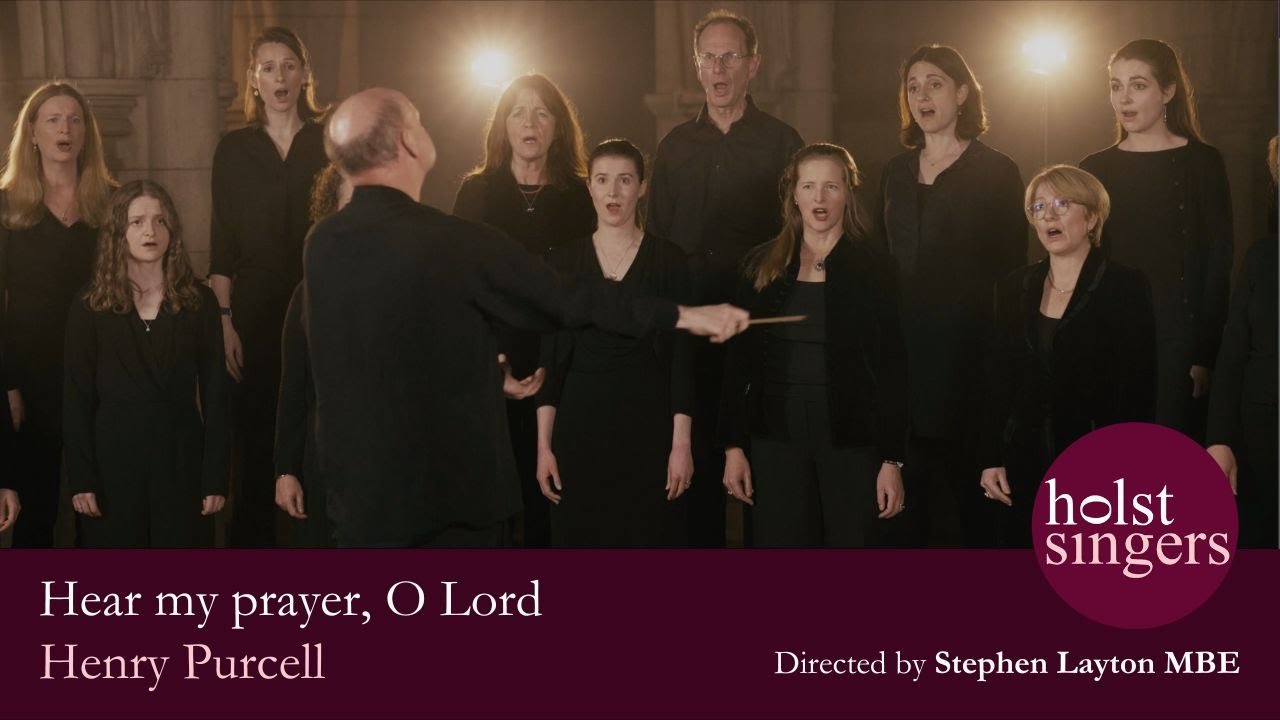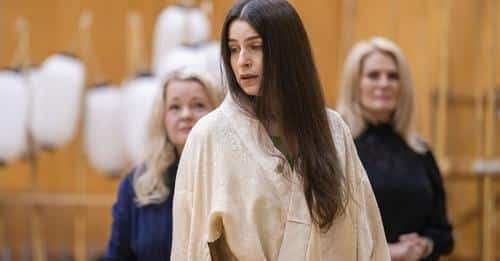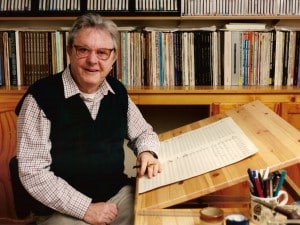Watch: Holst’s take on Purcell
Daily Comfort ZoneThe Holst Singers have a new video of Purcell’s Hear My Prayer. Too good not to share.

The Holst Singers have a new video of Purcell’s Hear My Prayer. Too good not to share.
Review for slippedisc.com by Susan Hall: Asmik Grigorian,…

Tempted? DON CARLO (Giuseppe Verdi) – September 26,…

The New York Times obit for the late…

The English composer Robert Simpson, a BBC wage…

Session expired
Please log in again. The login page will open in a new tab. After logging in you can close it and return to this page.
Beautiful! Thank you.
WOWzer!!!
Sorry, but the pitch has dropped by 4 Hz by the time they get to the first b natural on “cry-“ of “crying”. The a natural preceding that is a tad flat, which is where the trouble begins. And why use a stick?
So what? Not everyone has absolute pitch, more perfect than perfect pitch! it was a live recording not a patched up CD recording!
Perfect pitch is simply another name for absolute pitch. (The auditory system of those with AP differs neither in physical nor functional terms from that of non-absolute listeners and is simply an innate, unerring expression of pitch awareness.) Relative pitch is arguably more useful to musicians, enabling them to compare a reference note to its successor, and is the capacity to identify correctly the interval between those two notes.
In the Purcell, the interval g-a at “let my” is a textbook example of “think it big folks”. My issue is not with the singers, but with what happened (or did not happen) in rehearsal. If the a natural is not heard and sung as a high-lying leading note to the b flat, it becomes impossible to pitch the b natural as a leading note, in reverse as it were, to the c natural. The pitch class set a-b flat-b natural-c is not a chromatic scale per se, but two pairs of strongly directional semitones, one rising and one falling. Think Gesualdo.
The question is, how do you like your whole tones? To paraphrase W.C. Fields: “Boiled or fried.”